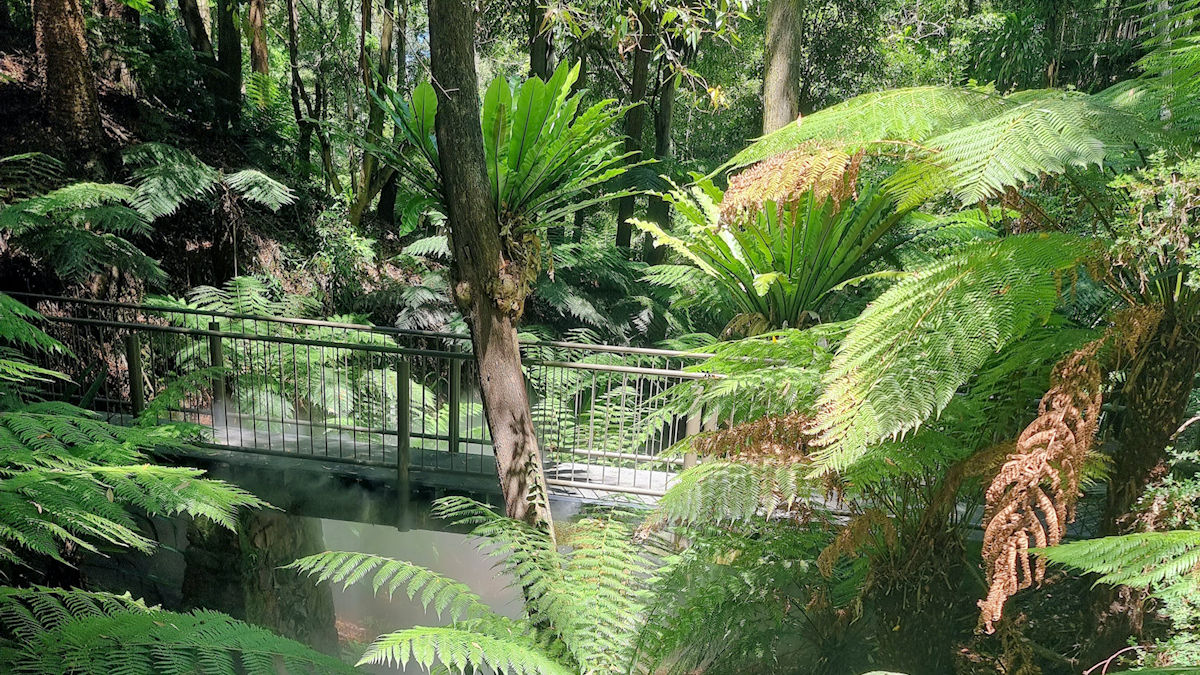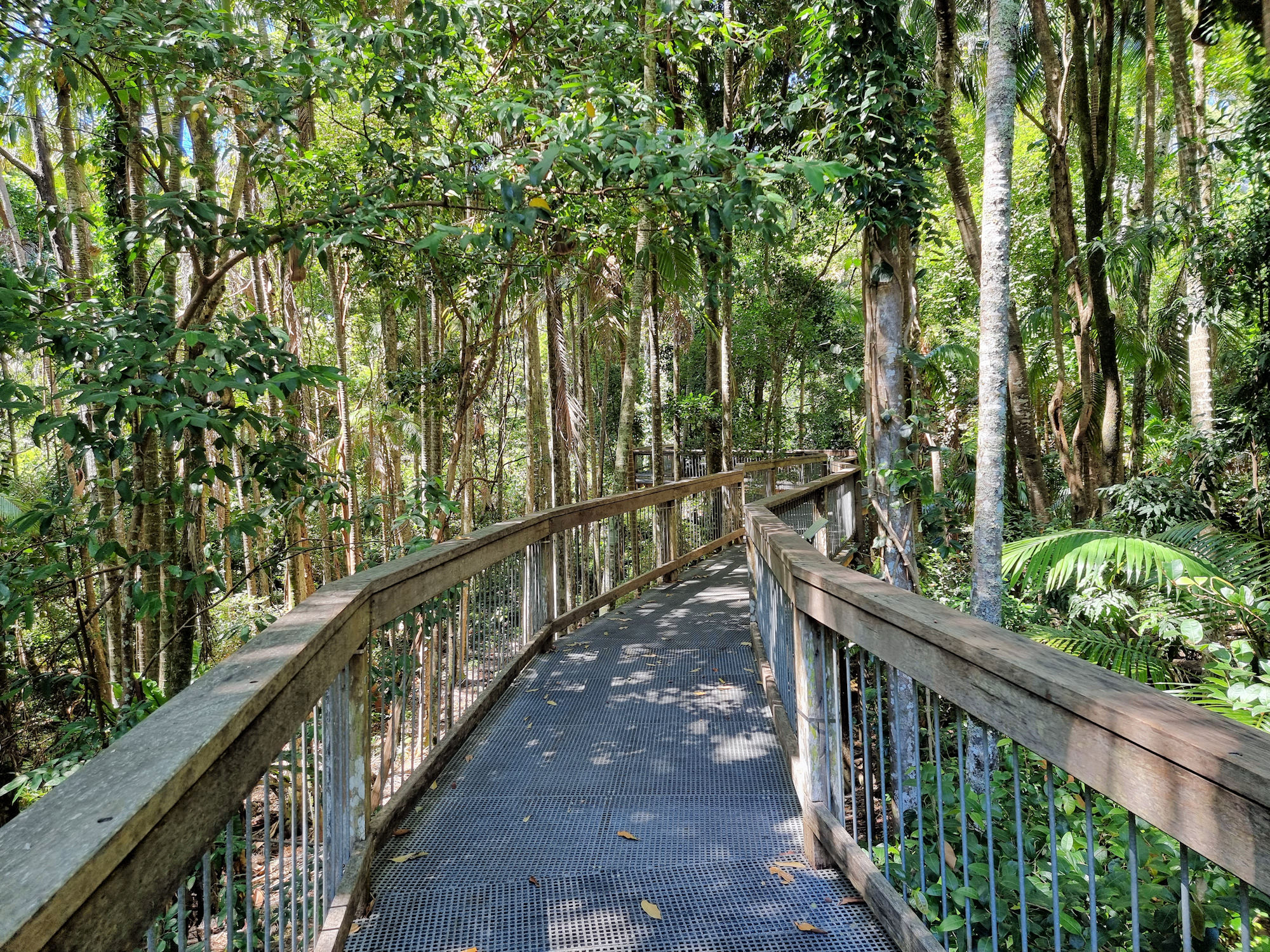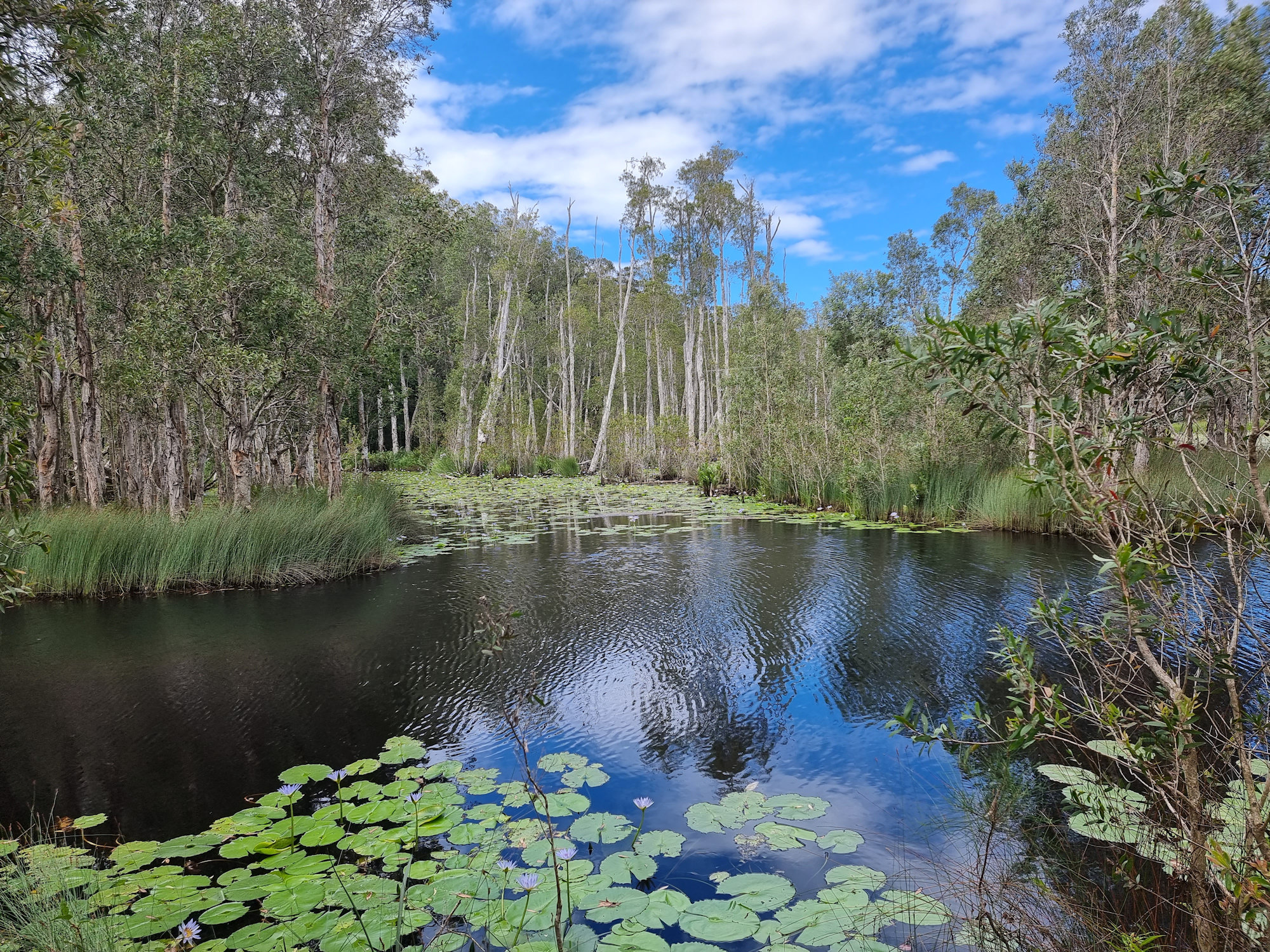Tag: trees
-
Australian National Botanic Garden

Australian National Botanic Garden Covering many of the plant types found in Australia, the Australian National Botanic Garden in Canberra covers 35 hectares. With paths winding through the garden, you are able to experience many of Australia’s habitats in one place. Getting There We drove to the Garden and parked in the carpark there. As… Read more
-
Sea Acres Rainforest Boardwalk

Sea Acres Rainforest Boardwalk Taking you through the rainforest canopy, the Sea Acres Rainforest Boardwalk is a 1.3km loop that starts and ends at the Sea Acres Rainforest Centre. Unfortunately, when we visited (December 2022), maintenance on the boardwalk cut the loop because of storm damage. This was not too much of a problem because… Read more
-
Urunga Wetlands Boardwalk

Urunga Wetlands Boardwalk The Urunga Wetlands and Boardwalk are the result of a ten million dollar project to rehabilitate an old mining processing plant. The result is a beautifully restored wetland and the containment of the tailings and their heavy metal content. History of the Site In 1969, Broken Hill Antimony Pty Ltd established an… Read more